When you think of farming, the middle of Sydney probably isn’t what first comes to mind. But this conversation might just change your views about how and where farms can operate.
Sydney Urban Green was the city’s first commercial indoor farm specialising in vertically growing microgreens and sprouts. It makes a lot of sense. It’s an economical use of space. And the food is grown where we have the most people.
You’ll often see these super greens used as garnish in restaurants but apart from looking good, they are a nutritional powerhouse. Director Noah Verin is the man behind the seedlings after jumping into a career change from chef to farmer.
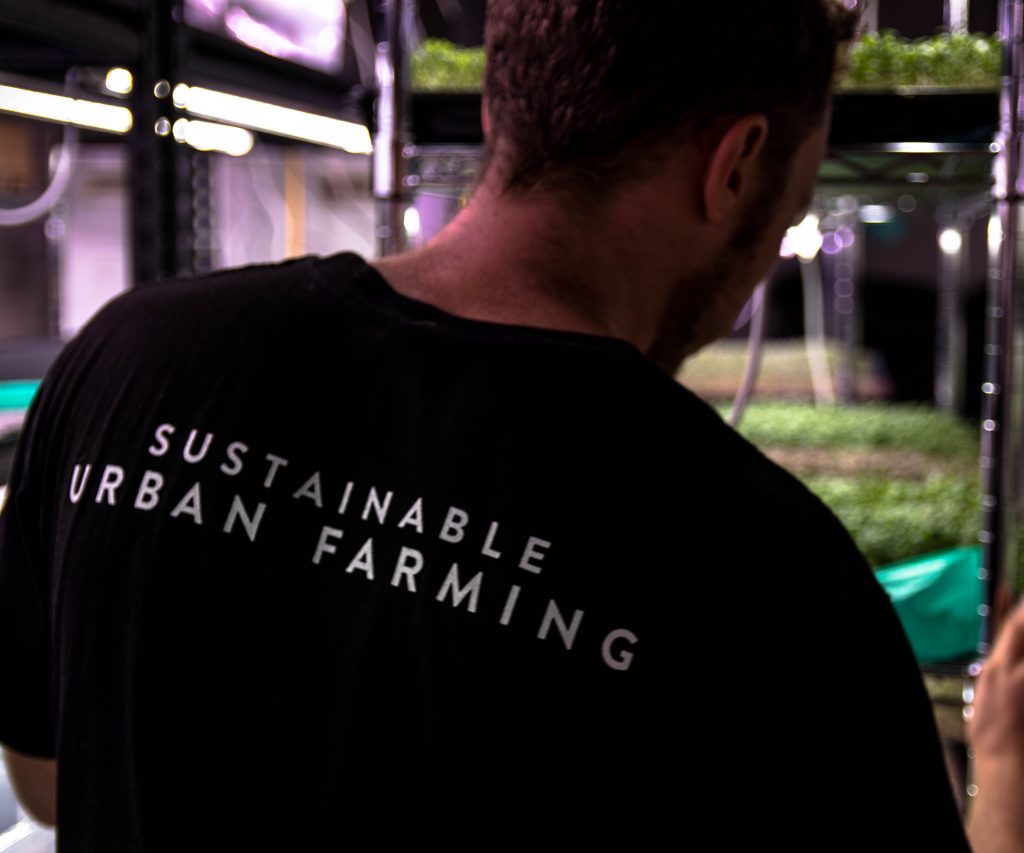
Urban Green is located in a basement level carpark.
“It’s not the first location you would think to put a farm but basically with controlled environment agriculture, you can pretty much put a farm anywhere,” explains Noah.
Not your usual farming space
Noah has enclosed the space with panels, uses an air filter, reverse cycle air-conditioning and grow lights. Summertime is the most challenging period but for the other nine months of the year, the climate is so stable, there’s not even a need to turn on the air conditioner. You would also assume, being indoors would lead to fewer pests and weather events. Interestingly, that hasn’t always been the case for Noah.
“We shouldn’t have to deal with that but funnily enough, I’m starting to think it has something to do with my name, we flooded four times in the first year!” A manmade flood that is, due to a faulty water sprinkler system.
It’s not the first location you would think to put a farm but basically with controlled environment agriculture, you can pretty much put a farm anywhere.”
That aside, there are some real benefits to vertical farming, especially the proximity to the consumer. Fresh produce and low food miles are part of the deal.
“It’s quite good to be able to interact with your customers. These days it’s not just lip service when the chefs talk about wanting to know their producers. They really do care about it,” says Noah. Being able to closely control the environment also means fairly consistent produce.
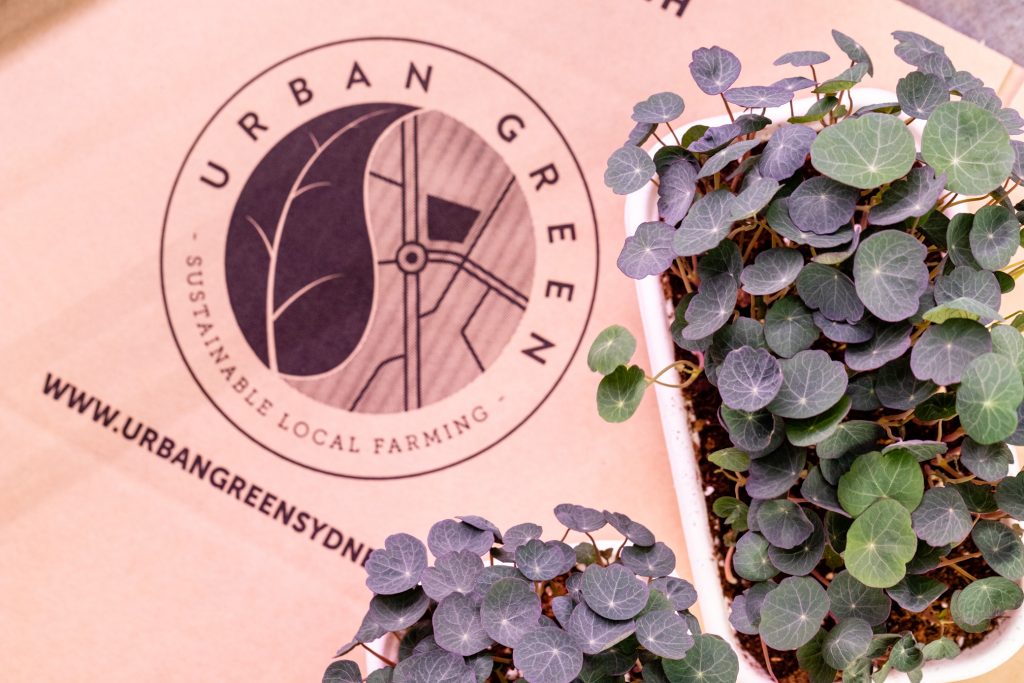
As for the drawbacks, Noah says many people ask about the energy usage associated with the lights.
“LED lights are getting really efficient. It’s quite common to see vertical farms growing strawberries now. There’s a pretty big operation in the U.S doing tomatoes. Not just cherry tomatoes, they’re doing vine-ripened tomatoes,” he explains.
“I’d like to see traditional farms and vertical farms work together. Whether that could be vertical farms doing the seedlings because we have a more controlled environment.”
It’s an agricultural space evolving rapidly with many growers looking to introduce some larger fruits and vegetables to the system. For now, Noah is content to specialise in the ever-trendy microgreens market. They are small and there’s a quick turnaround.
“I like to think of that as the gateway crop. I used to be a chef and I have no farming experience at all! It’s not so easy to grow 45 varieties and thousands of punnets a week but they are relatively easy for someone with no farming experience,” he says.
Sustainable urban farming
Noah’s key crops currently include carrot microgreens, red shiso or perilla, nasturtiums and sorrel. He does plan to expand into small lettuces, edible flowers, chilli and other leafy greens a little down the track.
Urban Green has a strong focus on sustainability – from growing methods, right down to the packaging.
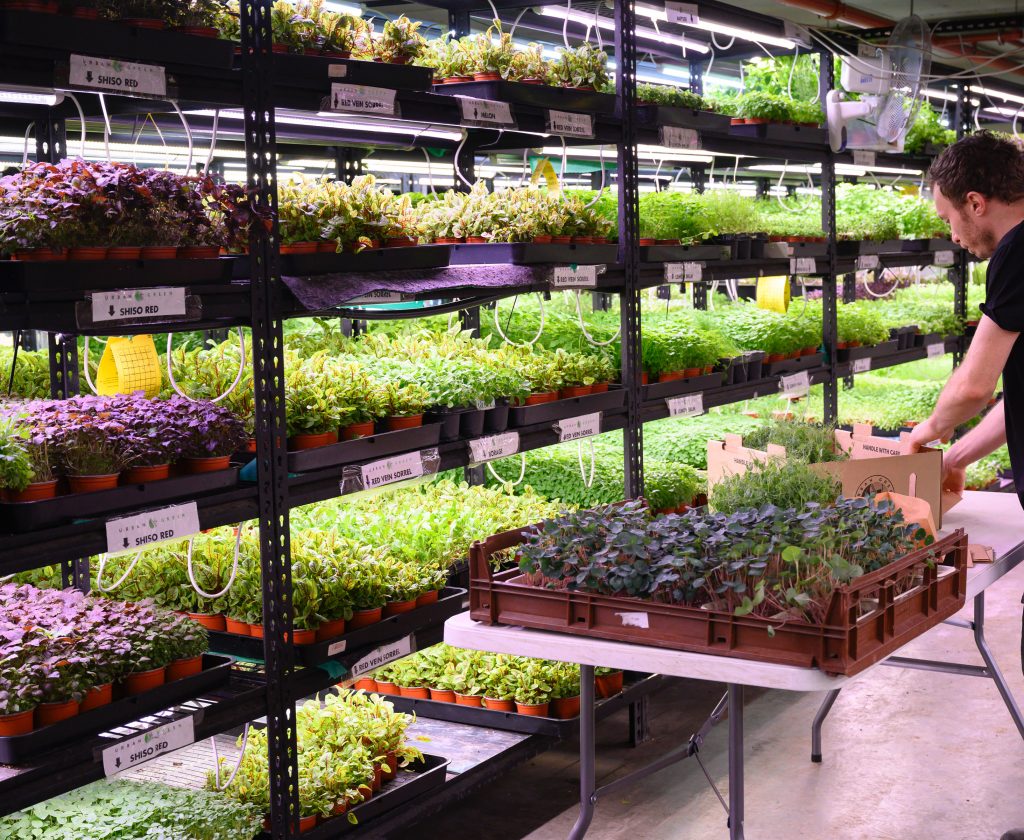
“We do everything that we can. The aim was to not have any single use plastics. Rather than having a single use plastic sleeve around a pot, we put a recycled paper sleeve and then we put that inside the bio-cup. We’re always trying to get better, but we need to be realistic as well,” says Noah.
The main clientele is restaurants. The microgreens can be used as garnish but also as a flavour addition because those little leaves pack a punch! The microgreen movement started in California with a real health focus.
“It’s pretty massive in the states. I’m pretty sure they are in every health food store,” Noah explains. He’d also like to see more research into the health benefits.
“I’d love to know if using a different coloured light could bring out stronger nutrient content.”
The business idea started with Noah and a friend experimenting with a few seeds and they couldn’t believe the flavour they were able to produce.
“I still call them my babies,” he laughs. “I’m sure other farmers would agree that the produce you’re growing, there’s an emotional connection.”
A first for Sydney
Urban Green was the first commercially oriented vertical farm in Sydney and one of the first in Australia.
“A lot of people now getting into vertical farming, it seems like a really sexy industry and there’s all this hype about it. But a lot of the owners don’t actually know how to farm. Because of that, I don’t think they always understand where the investments need to go and there’s a lot of over-capitalisation in technology,” he explains.
Noah says his set-up is surprisingly not as high-tech as it sounds. He believes, this kind of operation is an integral part of a resilient food system, but it will never replace traditional agriculture.
I put a huge amount of love into the product and it’s definitely rewarding to look around the room and see everything growing well.”
“I’d like to see traditional farms and vertical farms work together. Whether that could be vertical farms doing the seedlings because we have a more controlled environment. Maybe helping to sell the farm’s produce direct to restaurants. It’d be nice to see more collaboration,” he says.
“I put a huge amount of love into the product and it’s definitely rewarding to look around the room and see everything growing well.” Noah says when he’s working so hard, it’s not always clear to see the progress that’s been made.
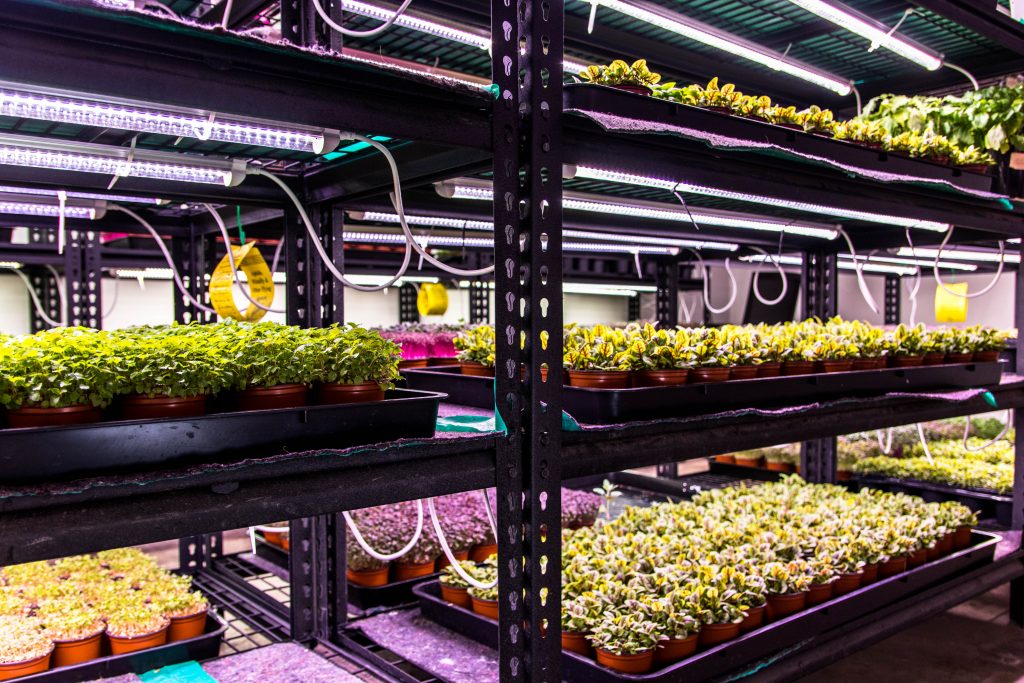
Having launched just as Covid set in, to have survived, and come out the other side is definitely reason to stop for a moment and feel a sense of pride.
The next dream along the way is to blend his two careers – farmer and chef. He’d love to build a new farm with a production kitchen attached. During the first lockdown, Noah had a lot of waste, so experimented with using the produce to make foods like lemon balm syrup, red shiso infusion, chilli sauces and herbal sugars to be used in baking and drinks.
The trials were very well received by local chefs and no doubt by customers too. Bring on more of that!
Hear more stories just like Noah’s by subscribing to the Telling Our Story podcast on iTunes and follow podcast host Angie Asimus on Instagram for more updates.


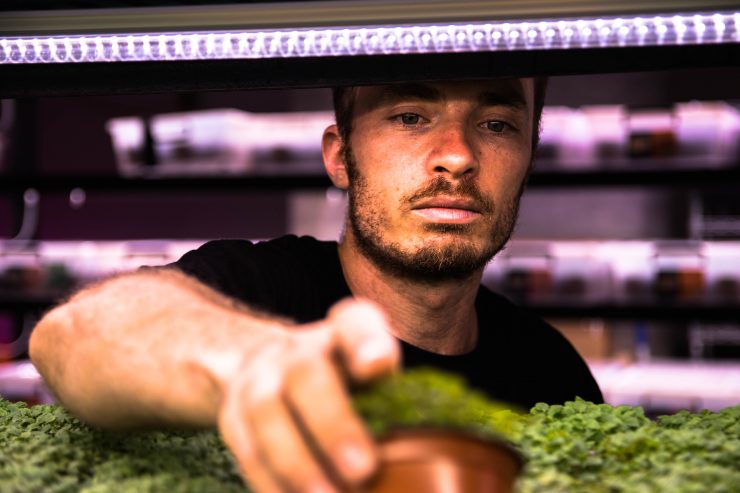


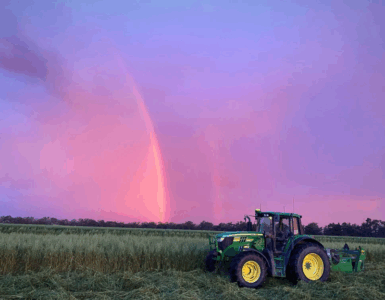
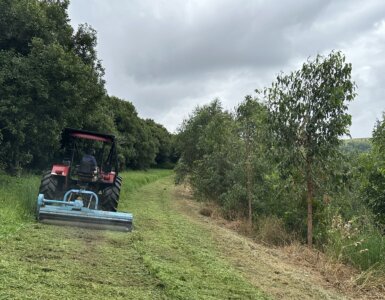
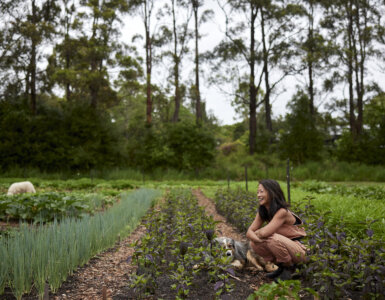































You can farm anywhere as long as there is soil fertility in an area where you wish to plant crops.